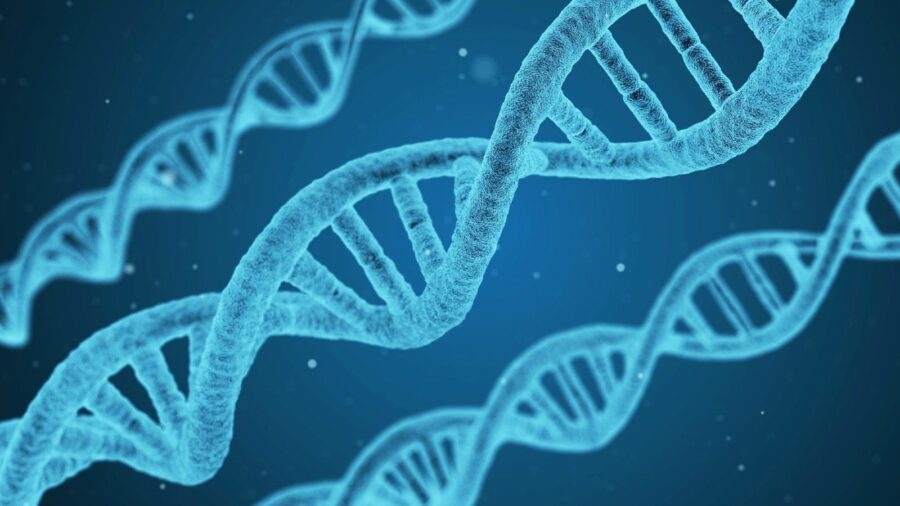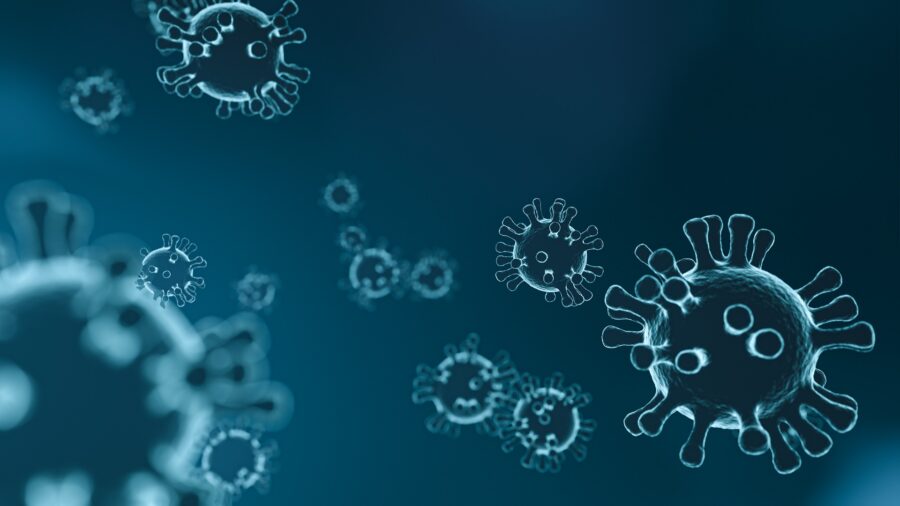Scientists Say Mitochondria Is Killing Us

The COVID-19 pandemic demonstrated how even the smallest of the microscopic organisms (though viruses aren’t technically alive) can wreak havoc on humanity. Now, a new study showed that mitochondria—the powerhouses of cells—are not only stranger than we originally thought but it was actually found that they’re outright killing us.
Mitochondrial DNA

More specifically, the mitochondria in our brain cells frequently fling their DNA into the cell’s nucleus, where its DNA becomes integrated with the cells’ chromosomes—which is actually causing harm. The study of nearly 1,200 participants proved that those with more mitochondrial DNA insertions in their brain cells were more likely to die earlier compared to those with fewer insertions.
If this sounds confusing, we understand—the idea that the DNA of our mitochondria is killing the DNA of our cells does sound a little strange because aren’t they the same DNA?
Mitochondria Have DNA Of Their Own

Well, they’re actually not. While mitochondria are the essential part of our cells that generate the energy necessary for the cells to function—they do this by converting nutrients into adenosine triphosphate—they actually have a DNA of their own.
Mitochondria are thought to have evolved from ancient bacteria that entered into a symbiotic relationship with primitive cells, which explains why they have DNA that’s completely separate from the DNA found in the cell’s nucleus—which also allows mitochondria to replate independently within the cells.
Acting Like A Virus

Over the past few decades, researchers have discovered that mitochondrial DNA occasionally “jumps” out of mitochondria, cuts into the genome of our cells, and pastes itself inside—just like a virus does. As a result, all of us have hundreds of small segments of mitochondria DNA nested in our chromosomes, which we inherited from our ancestors.
In fact, mDNA comes almost exclusively from the mother, and it is relatively unchanged from generation to generation. It can be used to provide insights into the ancestry of the maternal side of the family.
Not In The Blood

What’s really important to note is that this process doesn’t happen with blood cells, which explains the ineffectiveness of earlier studies that analyzed the blood DNA. But this process occurs in our brains, mostly in the prefrontal cortex, and quite frequently during one’s lifespan.
The analysis of brain tissue led to the discovery that people with more mDNA insertions in their chromosomes died earlier. Not only that, but the accumulation of these mDNA segments seems to contribute to genome instabilities that contribute to aging, functional decline, and lifespan.
Better Understanding

The scientists also discovered that, while the process of accumulation of mitochondria DNA is completely normal and has played a significant role in human evolution, the adverse effects it has on brain tissue are exacerbated by stress.
In fact, the accumulation of nucleic-mitochondrial segments occurs four to five times more rapidly when we’re exposed to stress. This is a rather large discovery that can push innovation in medicine further.
Future studies in mitochondria DNA and the accumulation of its segments into the human genome can potentially help us better understand aging and neurodegenerative diseases, lead to more tailored medicine, improve gene therapy, and make way for new approaches in stress management. It’s true, after all, that stress kills.
Source: Phys.org














Login with Google